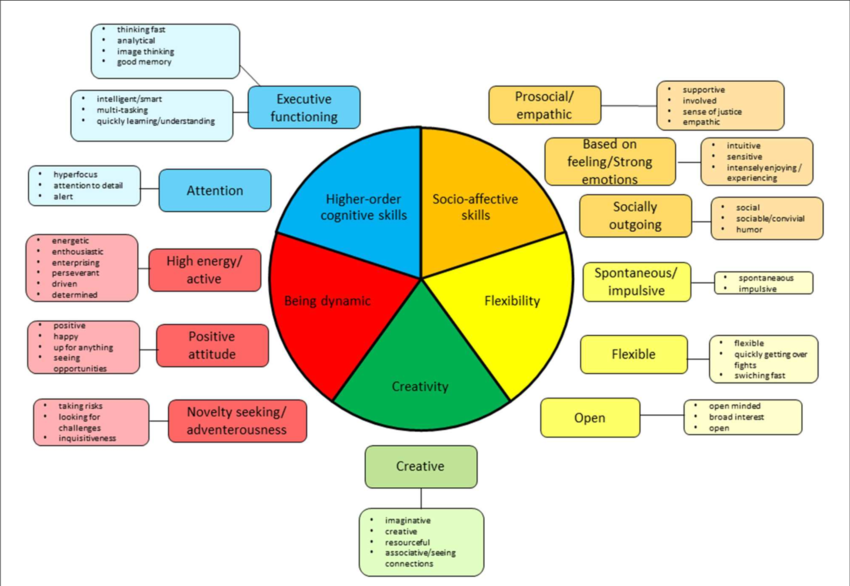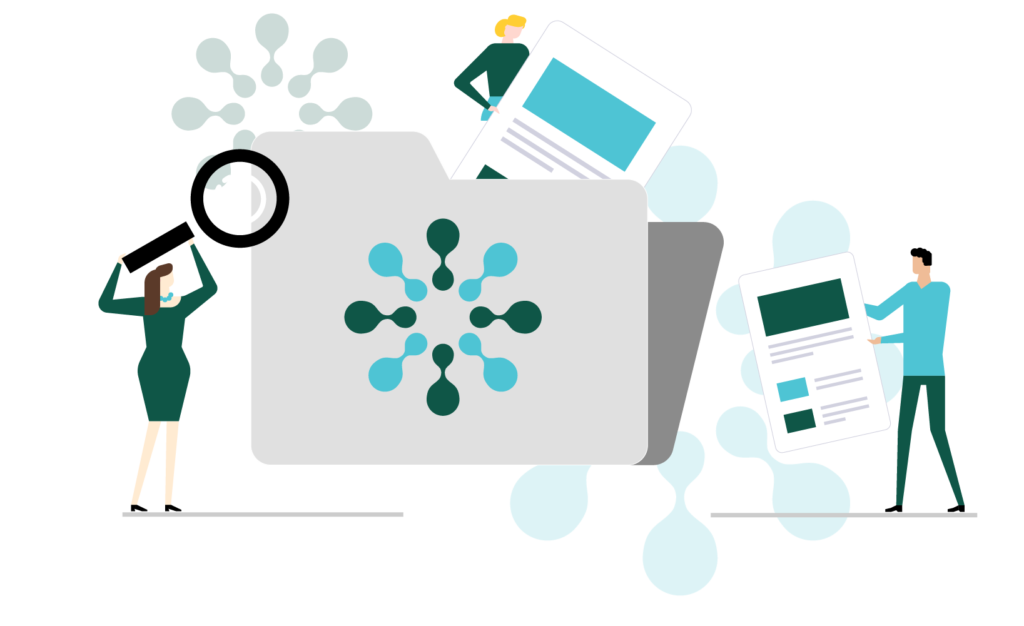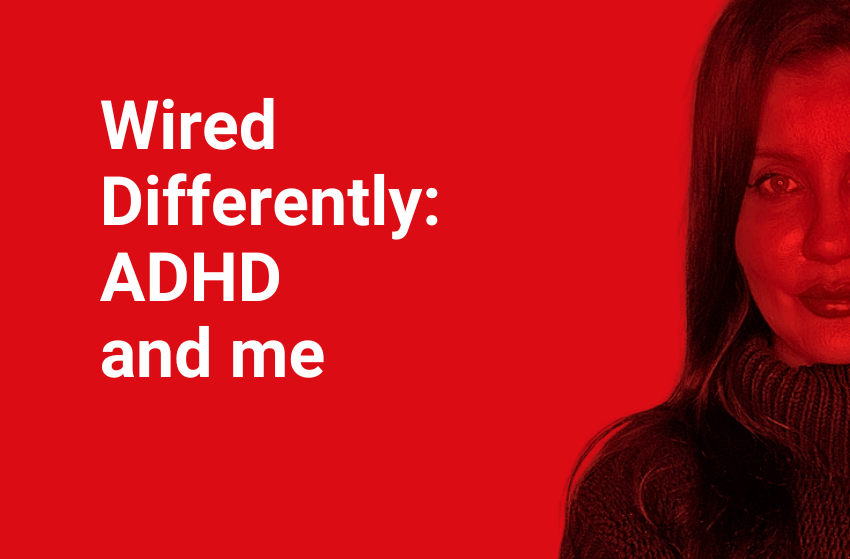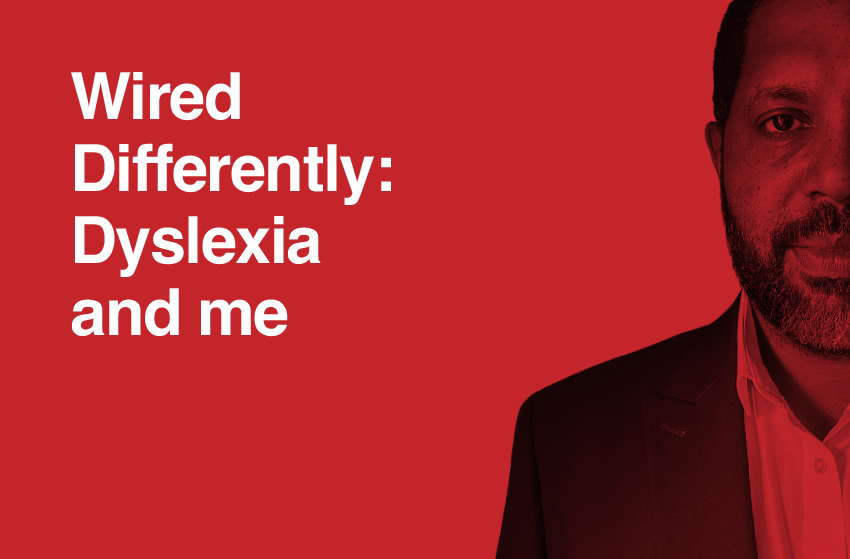Laura Cubillo-Aparicio, Researcher in our Health practice, shares her experiences of living with ADHD and how to support someone with ADHD in the workplace.
“I enjoy new challenges, welcome collaboration, and have a hyper-focus on my interests, my ADHD traits make me a strong team player. Being open about my diagnosis isn’t easy, but it promotes understanding and encourages openness from others.”
– Laura Cubillo-Aparicio
What is ADHD?
ADHD is a neurodevelopmental disorder, often present in childhood (although symptoms can often be overlooked), and has 3 types:
- Inattentive ADHD: Individuals with this type of ADHD find it difficult to form new habits, completing tasks and following directions or instructions. Individuals can be easily distracted and forget the specifics of daily routines; the hyperactivity of inattentive ADHD is primarily mental hyperactivity more than the physical.
- Hyperactive-Impulsive: Individuals with this type of ADHD tend to talk a lot, often interrupt others or speak at inappropriate times.
People with hyperactive-impulsive ADHD may need to fidget, have difficulty sitting still for long periods, may often feel restless and can act impulsively. As a result, accidents and injuries in people with this type of ADHD are more common. - Combined: Individuals with combined ADHD demonstrate symptoms from both inattentive and hyperactive-impulsive ADHD equally.
Adult ADHD is very real, around 2.8% of adults worldwide have attention-deficit/hyperactivity disorder, and around 6.7% of adults globally (or over 360 million) are affected by ADHD when cases without a childhood diagnosis are included in the percentage.
This is especially true for women who are often overlooked in childhood, as the ADHD stigma surrounds physical hyperactivity in boys.
ADHD and me
For as long as I can remember, my life has been filled with lots of good intentions, from gifts lovingly chosen but not delivered to the intended recipient, to ambitious projects not yet completed.
It has also always been full of labels; I was always the cheeky kid, the one who spoke/acted before thinking and made everyone laugh, the one who was forgetful, too sensitive and never listened.
All these labels had a big impact on my relationships and in my academic life, but mainly, on my self-esteem, I never understood why I behaved differently to everyone else.
For a long time, I believed that I was a difficult person and failed everyone around me. It was only when I was in my twenties trying to complete a degree for the third time that everything finally started to make sense, I was diagnosed with ADHD, and this gave me a new lens through which to understand so many things about myself.
 Image – Advanced Psychiatry Associates
Image – Advanced Psychiatry Associates
Strategies that I find helpful:
Being open about my diagnosis, isn’t easy, but in the long run promotes understanding and encourages openness from others, these are some strategies I’ve learned to implement in my daily life:
- Using the digital calendar on my phone to remind me of important events.
- I try to take moments to breathe and reflect before speaking, allowing others time to speak. Maintaining an awareness of my impulsivity and actions that could overwhelm people around me.
- Reducing distractions when I’m working, like limiting notifications and blocking out time for distraction-free work.
- Setting realistic goals and prioritizing tasks based on team goals and wider company goals.
- The Pomodoro technique – I use a timer for focused work.
- Being prepared as much as possible to avoid my mind blanking when asked questions, especially for work meetings and discussions – I make sure to read all the information before a briefing.
- Outside of work, exercise and dancing allow me to let out my creative side and get positively rid of excess energy.
Challenges in the workplace
- Physically going to the office can be challenging as I need a quiet environment to stay focused, noise cancelling headphones help here and quiet places to go to, like meeting rooms and phone booths.
- Working from home. When I am at home and interested in a topic (in the zone) the world stops existing around me, I can spend hours working and not realise the time. Overachieving or finishing tasks early sounds good in theory, but it has its downsides. As a result I lose all my sense of time, end up overworking, dropping other tasks and am prone to burn out.
- Meetings are tricky, I hold back my impulsivity as much as possible to avoid speaking over people. I need extra time to answer specific questions, If I’m put on the spot, I can sometimes look like I don’t know what is being discussed, when in fact it just takes me longer to process the question – so a meeting agenda is always appreciated!.
- Context and clarity are vital to be able to understand topics of conversation, and get to the bottom of what actions are needed. This means I will often ask for things to be repeated in an email or explained in another way to fully comprehend what was said.

Image – A qualitative and quantitative study of positive characteristics of individuals with ADHD – Scientific Figure on ResearchGate.
Positives in the workplace
- Creativity, ingenuity, tenacity, and endurance, along with conversation skills, energy, and hyper-focus
- Observant – I often spot mistakes in even the smallest details, which is important in my line of work.
- My teammates have said they love my impulsivity, I am always fun to be around and bring positivity to the team.
- I am not afraid of new challenges and always willing to collaborate, making me a good team player and strong in cross-team collaboration.
- I thrive and deliver strong results when provided with the right support and flexibility, this can be around work locations, quiet spaces, and blocking out time in the calendar for focused work.
- I am passionate and enthusiastic about the things that interest me, I put my heart and soul into it and give it my all, this includes the companies and clients that I work with. I’ve been told it’s a great motivation for those around me, and in uplifting others.
How to support someone with ADHD in the workplace
- Look into providing reasonable adjustments – free and easy to implement
- Apply for the Access to Work government grant – provided under the Equality Act 2010

3 tips for managing an employee with ADHD
- Interviews/meetings
– If in the interview stage, clearly detail the interview process, and the types of questions that may be asked and remind the candidate of any adjustments you can offer.
– For meetings, provide an agenda ahead of time, try to keep the meeting on topic and not too long, avoid distractions (e.g. if on a zoom call, blur your background). - Feedback/Recognition
On average people with ADHD receive 20,000 more negative messages by age 12 than those without the condition. As a manager, encourage your employees by highlighting the positives of their work and how to build on these, as employees may only see the negatives as a first response.
– Follow up any feedback in writing via email so the person has something to refer to if they can’t remember what was said (which can often happen).
– Be very clear about deadlines, expectations, be specific and direct, arrange more frequent check-ins for longer projects. - Organisation/scheduling
– Prioritisation of tasks can be difficult for someone with ADHD, so, checking that they have the right prioritisation list and supporting them to de-prioritise can be helpful.
– Taking a full lunch hour often gets de-prioritised naturally when in a hyper-focused state. Allowing employees to choose when they take their lunch hour can be helpful and reminding them to take it!
– Flexibility is key, allowing employees to start/finish their day at a time that allows them to have the most productivity. For example, they may want to start earlier or finish later as there are fewer people around in the office or online when working from home.
Another supportive measure is creating a supportive team environment
Promoting an atmosphere of inclusivity for all, where differences are celebrated and not ridiculed – will benefit everyone in the organisation, and this has now been proven to foster higher-performing teams and bottom-line results.
Additional resources for learning and support

- NHS
- ADHD UK
- The Hidden 20% podcast – guest speaker, Kit Harington (Game of Thrones)
- ADDitude magazine
- PsychCentral ADHD Blog
Continue reading our ‘and me’ series
Wired differently: Dyslexia and me
Alex Williams, Senior Consultant in our Not for Profit practice, and member of the GS Disability Affinity Group shares his experiences of living with Dyslexia, how this has made him the person he is, and how to support someone with Dyslexia in the workplace.
GatenbySanderson pioneer diversity and inclusion to find and develop leaders that shape a better society.
Organisations that embrace diversity at all levels perform better; they’re more profitable and more resilient and employees experience higher job satisfaction and productivity as a result. Contact us for more information

